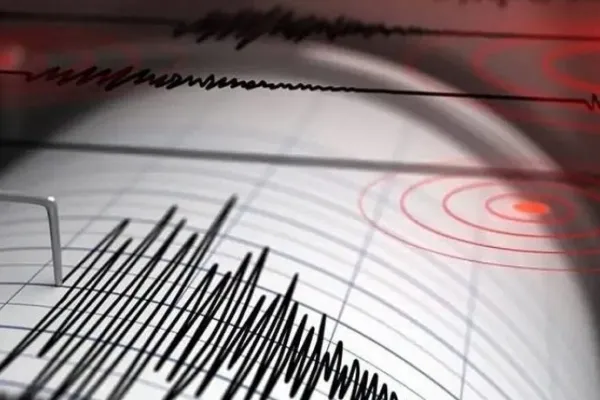On Wednesday, a moderate earthquake measuring 3.6 on the Richter Scale struck Seoni, Madhya Pradesh, at 8:02 pm local time, as reported by the National Centre for Seismology. The tremor, originating from a shallow depth of 5 km, was felt across the region, causing minor disruptions and raising concerns among residents. The earthquake’s epicenter was pinpointed at coordinates 22.10 latitude and 73.53 longitude, highlighting the precise location where the seismic activity originated.
This recent earthquake follows another seismic event that occurred on Tuesday in the Andaman Islands. A magnitude 4.2 earthquake rattled the islands, with tremors felt at approximately 11:32 pm local time. The epicenter of this earthquake was located at latitude 10.06 and longitude 95.00, with a depth of 67 km beneath the earth’s surface. Despite the earthquake’s moderate magnitude, it stirred unease among residents and underscored the region’s susceptibility to seismic activity.
The National Centre for Seismology (NCS) serves as the central authority mandated by the Government of India to monitor and analyze earthquake occurrences across the nation. With a robust National Seismological Network comprising 160 stations equipped with cutting-edge technology, strategically positioned nationwide, the NCS maintains constant vigilance over seismic activity, ensuring timely detection and response to earthquakes.
The occurrence of earthquakes, albeit moderate in magnitude, serves as a reminder of the geological dynamics at play and the inherent risks associated with living in seismically active regions. While Madhya Pradesh and the Andaman Islands are not traditionally considered high-risk seismic zones, the recent earthquakes highlight the unpredictability of seismic events and the need for preparedness and resilience measures.
In response to seismic activity, authorities and disaster management agencies must remain vigilant and proactive in implementing risk reduction strategies, including building codes, early warning systems, and community awareness programs. By fostering a culture of preparedness and resilience, communities can mitigate the potential impact of earthquakes and enhance their capacity to respond effectively to seismic events.
Additionally, public education and awareness play a crucial role in empowering individuals and communities to understand the risks associated with earthquakes and take proactive measures to safeguard themselves and their property. Initiatives aimed at promoting earthquake preparedness, such as drills, training sessions, and informational campaigns, can help raise awareness and build resilience at the grassroots level.
Furthermore, collaboration and coordination among stakeholders, including government agencies, non-governmental organizations, academic institutions, and the private sector, are essential for developing comprehensive earthquake risk reduction strategies. By pooling resources, expertise, and knowledge, stakeholders can work together to enhance the resilience of communities and infrastructure against seismic hazards.
